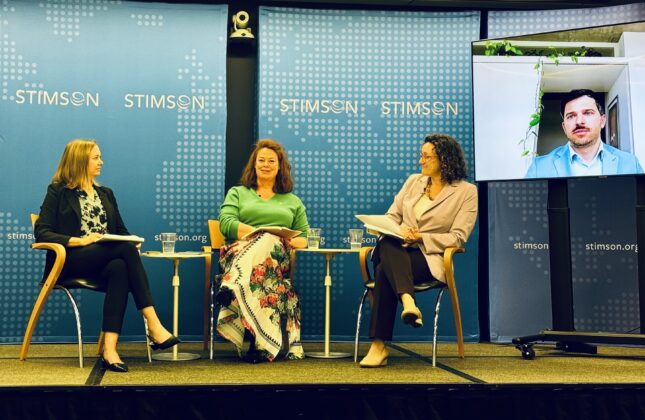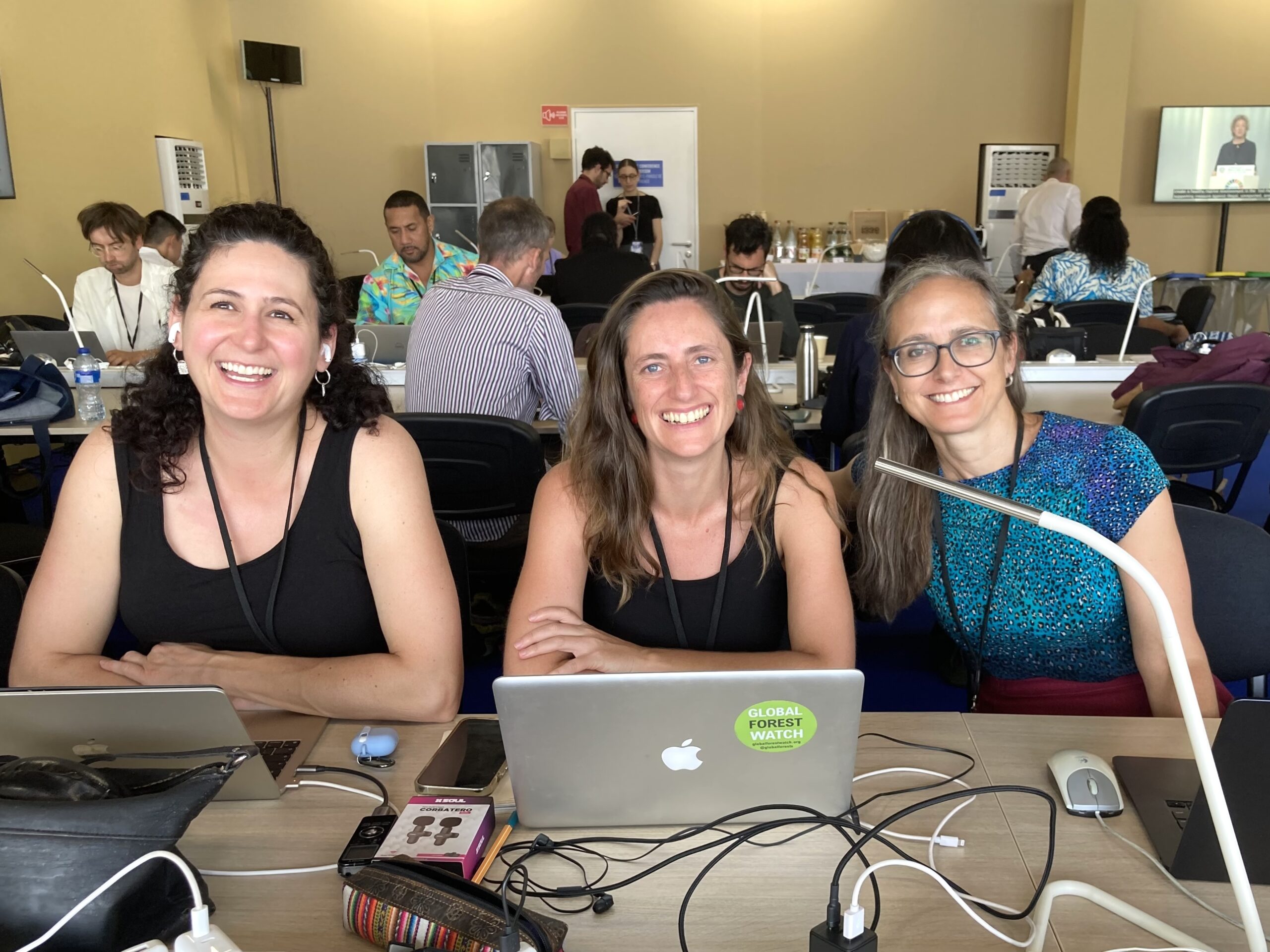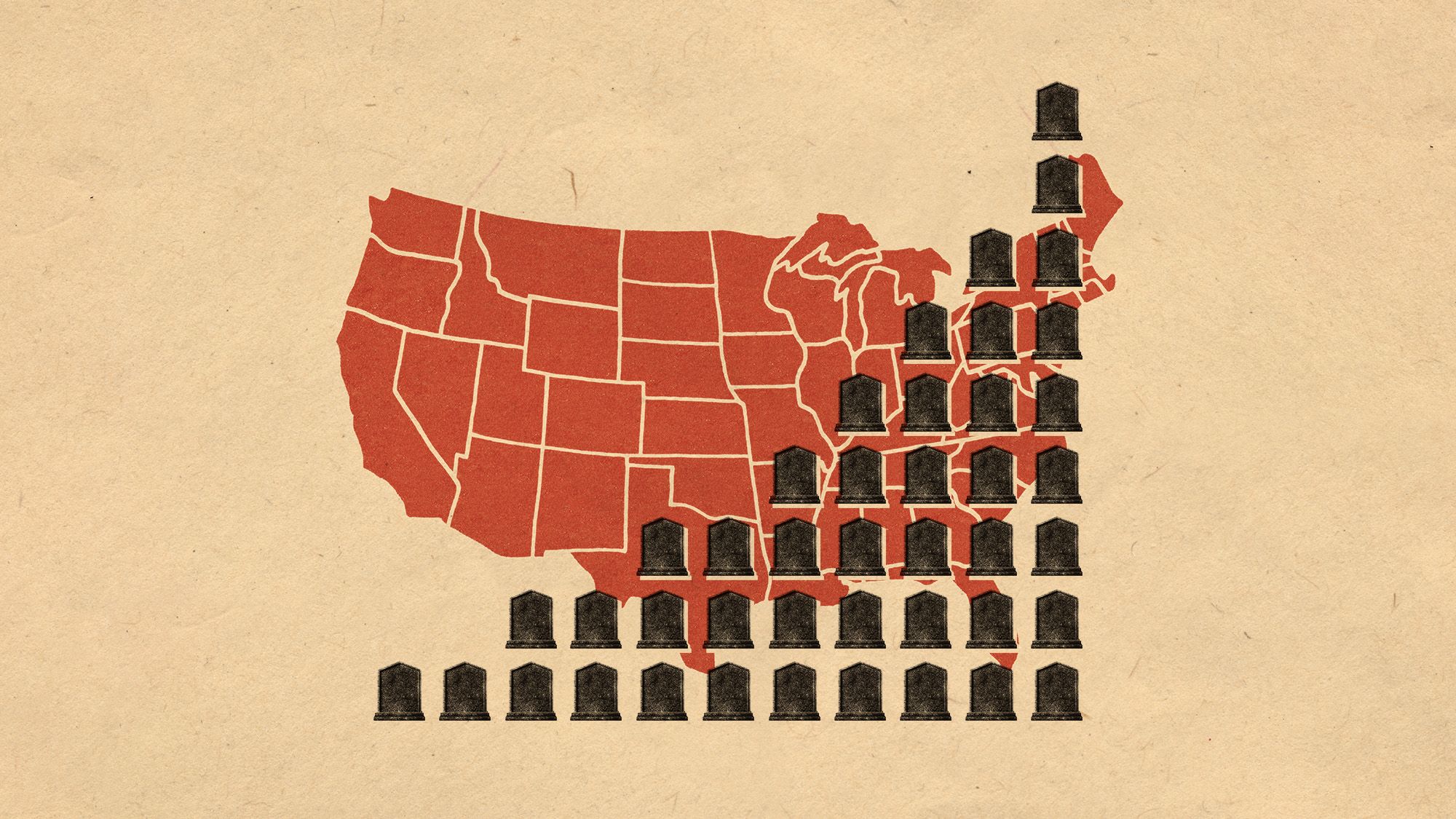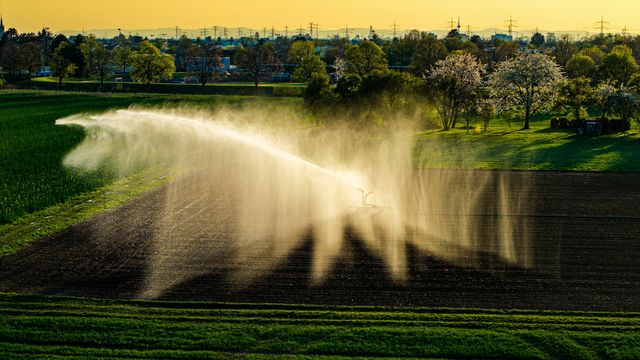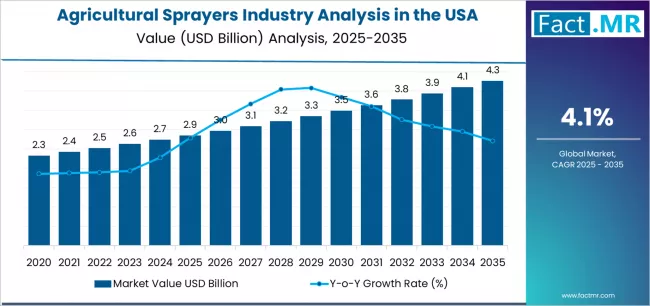Climate disasters are pushing people into homelessness – but there’s a lot we can do about it – The Conversation
/https://media.globalcitizen.org/af/eb/afebeeeb-ed8b-4cb4-be1a-4bed9ef048a0/ap_chile_wildfires_2023.jpg?#)
Report on the Intersection of Climate Disasters, Housing Crises, and Homelessness in Australia
A Challenge to Sustainable Development Goals
Australia is facing a critical convergence of climate change, housing shortages, and rising homelessness, posing a significant threat to the nation’s progress towards key Sustainable Development Goals (SDGs). The increasing frequency and severity of climate-related disasters exacerbate an already strained housing market, undermining efforts to achieve SDG 11 (Sustainable Cities and Communities), SDG 1 (No Poverty), and SDG 10 (Reduced Inequalities). A national, integrated policy response is required to ensure resilient and equitable housing for all Australians.
Climate Risk and its Impact on Housing Security
Escalating Environmental Threats to Australian Properties
The physical security of Australian housing stock is under considerable threat from climate-related hazards. This directly challenges the objective of SDG 13 (Climate Action) to strengthen resilience and adaptive capacity to climate-related disasters.
- Almost 50% of all Australian properties are at risk of bushfire.
- An estimated 17,500 properties face the risk of coastal erosion.
- By 2030, over 3 million properties will be exposed to riverine flood risk.
This widespread vulnerability, coupled with a housing market where demand consistently outpaces supply, creates a precarious situation. Disasters are rendering existing housing uninhabitable, intensifying the national housing shortage and increasing the risk of homelessness.
Socioeconomic Disparities and Inequitable Impacts
Climate disasters do not affect all populations equally, highlighting a failure to advance SDG 10 (Reduced Inequalities). The burden of displacement falls disproportionately on the most vulnerable.
- An average of 22,261 Australians are displaced by climate disasters annually.
- Households with the lowest incomes account for 80% of those displaced.
- The poorest 3% of the population make up 14% of displaced households.
This disparity deepens poverty and social exclusion, working directly against the aims of SDG 1 (No Poverty). Renters, rough sleepers, and those in insecure dwellings are most susceptible to losing their homes and face significant barriers to recovery.
Case Study: The 2022 Northern Rivers Floods
Systemic Failures in Post-Disaster Response
The 2022 Northern Rivers floods serve as a stark illustration of the current system’s inadequacies. The disaster left over 3,500 homes uninhabitable and displaced more than 1,400 people into official emergency accommodation. The response highlighted a policy emphasis favouring homeowners, who could access insurance and multiple funding sources for repairs. In contrast, renters faced a pre-existing rental crisis, intense competition for scarce properties, and poor communication, leaving many to source their own precarious shelter, such as camper trailers. This two-tiered response exacerbates inequality and fails to provide the safe and secure housing envisioned in SDG 11.
The Inadequacy of Temporary Shelter Solutions
Post-disaster reliance on temporary accommodation like pods, cabins, and caravans presents a significant challenge to sustainable recovery. These solutions are often:
- Costly and slow to implement.
- Lacking clear pathways for residents to transition to long-term, stable housing.
- Likely to compound vulnerability by creating gaps in rental histories.
Eighteen months after the floods, 1,021 people remained in temporary pod villages and 257 in caravans. The planned demobilisation of these villages amid an ongoing regional housing crisis, a national shortfall of 640,000 social homes, and 110,000 unassisted annual requests for homelessness services demonstrates a critical failure in long-term strategic planning.
A Call for a National Framework Aligned with the SDGs
The Need for an Integrated Strategy
There is a growing consensus among housing, homelessness, and emergency management sectors for a national framework that unifies disaster, housing, and homelessness policy. Such a framework is essential for building strong and accountable institutions, as per SDG 16 (Peace, Justice and Strong Institutions), and for creating genuinely resilient communities.
The objective is to shift post-disaster shelter from a short-term, stop-gap measure to a central component of comprehensive disaster planning. This proactive approach aims to strengthen housing resilience before a hazard strikes, thereby preventing disaster-induced homelessness.
Recommendations for a Coordinated National Response
To effectively address this challenge and align with the Sustainable Development Goals, a national taskforce should implement a strategy with the following core components:
- Policy Integration: Align housing, homelessness, and disaster management policies and programs at Commonwealth, state, and territory levels to create a cohesive system.
- Proactive Planning: Make homelessness prevention and housing security an integral part of all disaster planning and risk reduction strategies.
- Focus on Vulnerable Groups: Anticipate and plan for the diverse needs of all community members, with a specific focus on renters and those already at risk of homelessness.
- Trauma-Informed Responses: Ensure that all post-disaster housing and support services are trauma-informed and adaptable to individual circumstances and needs, supporting SDG 3 (Good Health and Well-being).
- Strengthen Housing Supply: Invest significantly in social and affordable housing to reduce underlying vulnerabilities and provide a buffer against disaster-related housing shocks.
Action is required now to build a system that prevents disasters from becoming catalysts for homelessness and ensures the right to safe, secure, and resilient housing for every Australian.
SDGs Addressed in the Article
-
SDG 1: No Poverty
- The article highlights that climate disasters disproportionately affect the most financially vulnerable populations. It states, “People with the lowest incomes make up 80% of” the 22,261 Australians displaced by disasters each year. This directly connects the impact of disasters to poverty and economic vulnerability.
-
SDG 11: Sustainable Cities and Communities
- The core theme of the article is the intersection of housing, homelessness, and disaster management in Australia. It discusses the need for “safe and adequate housing for all Australians,” the current housing shortage, the risks to properties from climate events, and the displacement of people into temporary shelters, which are all central tenets of SDG 11.
-
SDG 13: Climate Action
- The article is framed around the impact of “climate-related disasters” which are “projected to increase in frequency and severity.” It discusses risks from bushfires, coastal erosion, and floods, and calls for a national framework to strengthen resilience and planning in response to these climate-related hazards.
Specific Targets Identified
-
Target 1.5: Build the resilience of the poor and those in vulnerable situations and reduce their exposure and vulnerability to climate-related extreme events and other economic, social and environmental shocks and disasters.
- This target is identified through the article’s focus on how disasters worsen the housing crisis for the most vulnerable. It notes that “The very poorest 3%, despite being small, make up 14% of displaced households,” and that renters and rough sleepers are the “most vulnerable.” The call for a national framework is a call to build the resilience mentioned in this target.
-
Target 11.1: Ensure access for all to adequate, safe and affordable housing and basic services.
- The article directly addresses this target by pointing out Australia’s housing challenges. It mentions that “housing demand continues to outpace supply,” there is a “shortfall of 640,000 social and affordable homes,” and a pre-existing “rental crisis” exacerbates the impact of disasters. The discussion of people living in temporary “pod villages” and caravans for extended periods highlights the lack of adequate and secure housing post-disaster.
-
Target 11.5: Significantly reduce the number of people affected […] by disasters, […] with a focus on protecting the poor and people in vulnerable situations.
- This target is central to the article’s analysis. It quantifies the number of people affected by disasters (“displace 22,261 Australians on average each year”) and provides specific examples, such as the “over 1,400 people” displaced by the Northern Rivers floods. The entire piece argues for better policies to protect vulnerable people (renters, low-income households) from the impacts of these disasters.
-
Target 13.1: Strengthen resilience and adaptive capacity to climate-related hazards and natural disasters in all countries.
- The article’s main recommendation is to create a “national framework focused on disasters, housing and homelessness” to “strengthen housing options before a natural hazard occurs.” This is a direct call to action to improve Australia’s resilience and adaptive capacity to the increasing climate-related disasters like floods and bushfires mentioned throughout the text.
Indicators for Measuring Progress
-
Number of people displaced by disasters.
- The article explicitly states that climate disasters displace “22,261 Australians on average each year.” This figure can be used as a direct indicator to measure progress towards reducing the number of people affected by disasters (Target 11.5).
-
Proportion of vulnerable populations affected by disasters.
- The article provides data that can serve as an indicator of vulnerability: “People with the lowest incomes make up 80%” of those displaced. Tracking this percentage over time would measure progress in protecting the poor and vulnerable (Targets 1.5 and 11.5).
-
Number of homes at risk, damaged, or rendered uninhabitable by disasters.
- The article provides several metrics: “half of all Australian properties are at risk of bushfire,” “17,500 face risk of coastal erosion,” and the Northern Rivers floods rendered “over 3,500 homes uninhabitable” and damaged “more than 8,000.” These numbers are direct indicators of exposure and impact.
-
Access to adequate and affordable housing.
- The article implies several indicators for this: the “shortfall of 640,000 social and affordable homes” and the “110,000 requests for homelessness services [that] go unassisted annually.” These figures measure the gap in adequate housing (Target 11.1).
-
Number of people in temporary post-disaster housing.
- The article notes that 18 months after the 2022 floods, “1,021 people were still living in temporary pod villages and 257 people remained in caravans.” This serves as an indicator of the effectiveness and timeliness of long-term housing solutions after a disaster.
Table of SDGs, Targets, and Indicators
| SDGs | Targets | Indicators |
|---|---|---|
| SDG 1: No Poverty | 1.5: Build the resilience of the poor and those in vulnerable situations and reduce their exposure and vulnerability to climate-related extreme events. |
|
| SDG 11: Sustainable Cities and Communities |
11.1: Ensure access for all to adequate, safe and affordable housing and basic services.
11.5: Significantly reduce the number of people affected by disasters, with a focus on protecting the poor and people in vulnerable situations. |
|
| SDG 13: Climate Action | 13.1: Strengthen resilience and adaptive capacity to climate-related hazards and natural disasters in all countries. |
|
Source: theconversation.com
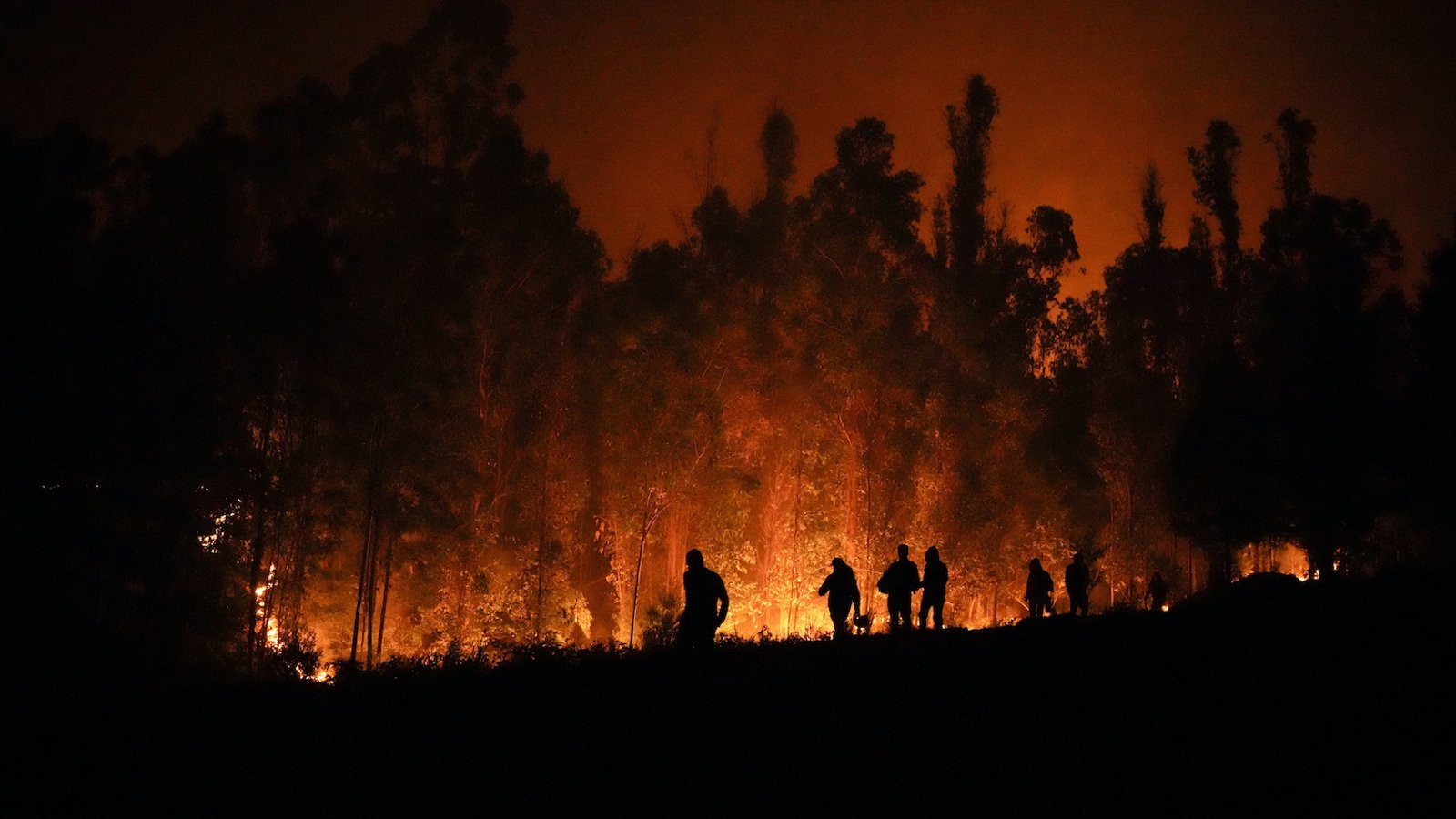
What is Your Reaction?
 Like
0
Like
0
 Dislike
0
Dislike
0
 Love
0
Love
0
 Funny
0
Funny
0
 Angry
0
Angry
0
 Sad
0
Sad
0
 Wow
0
Wow
0







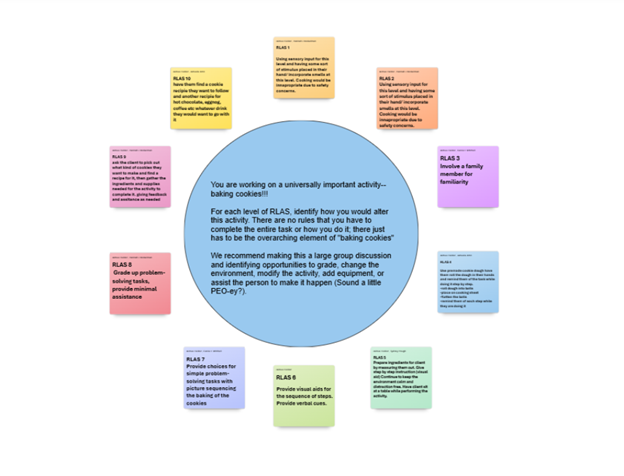
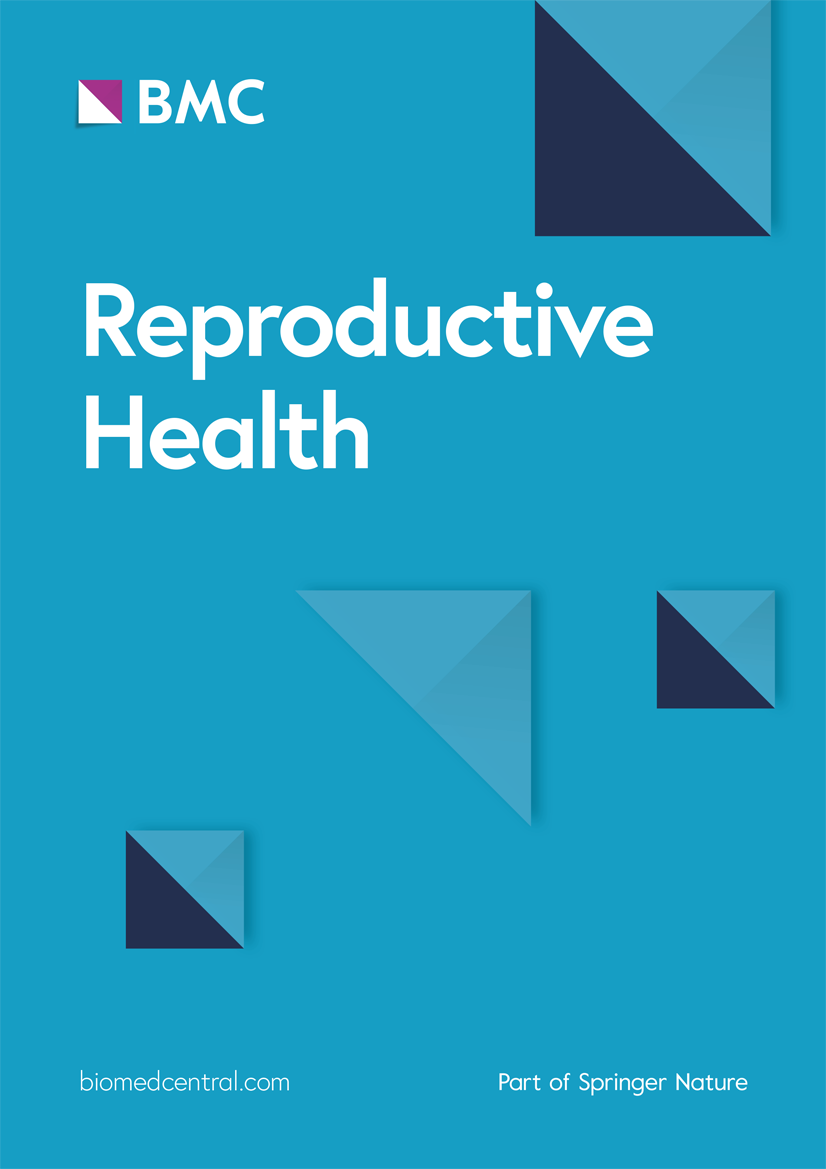


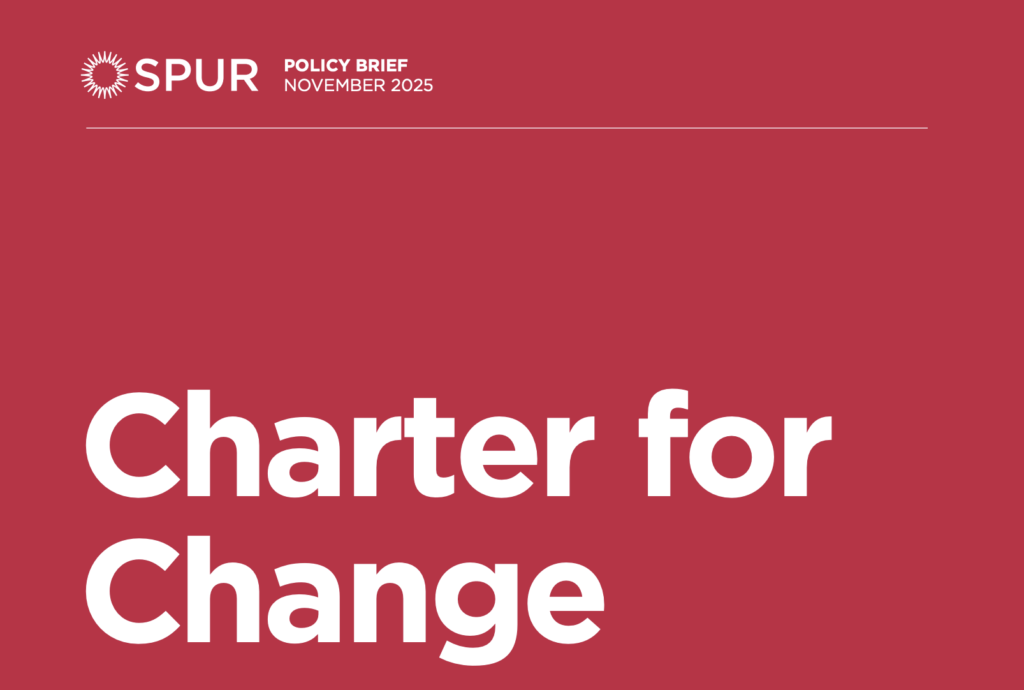

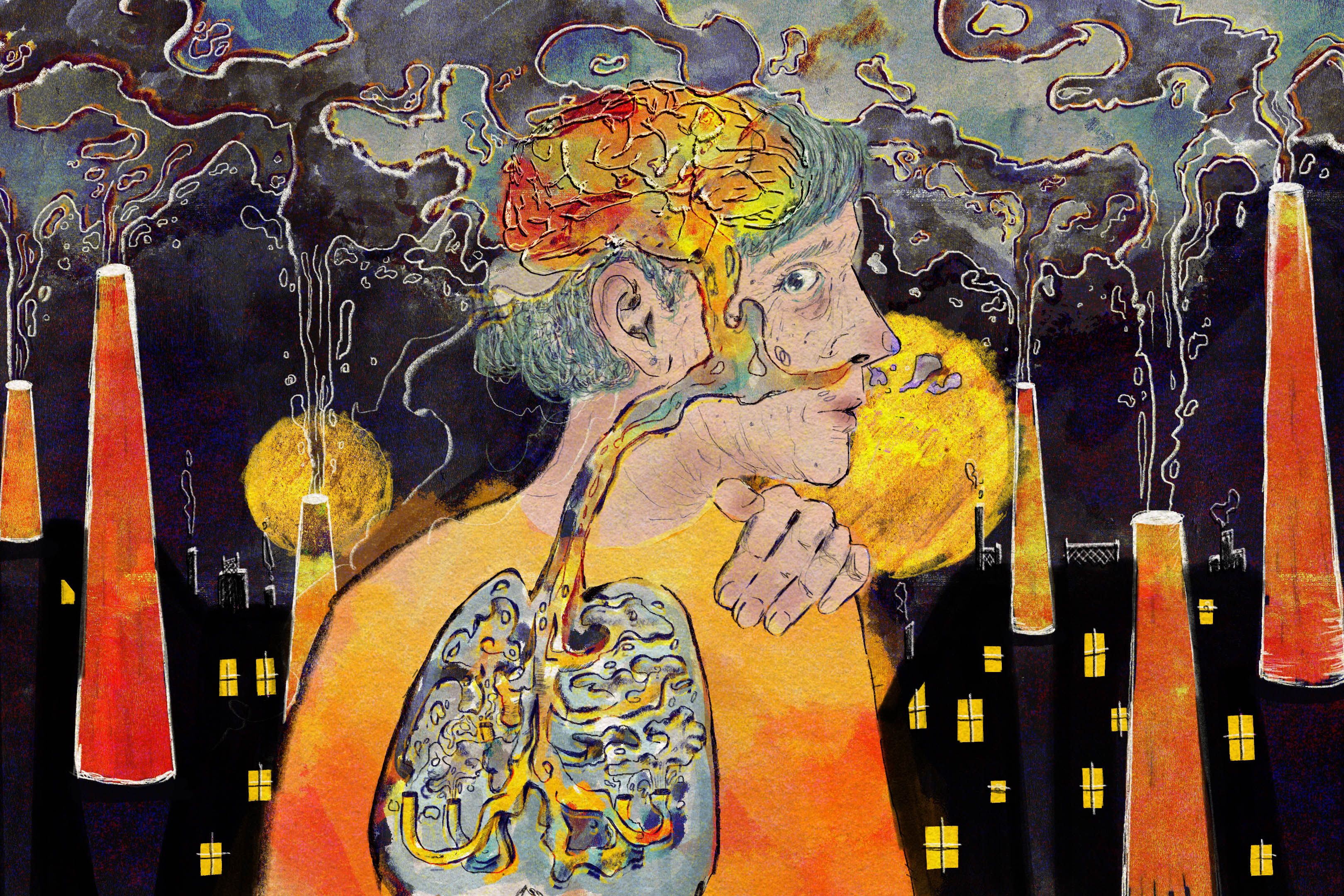














.jpg?#)








